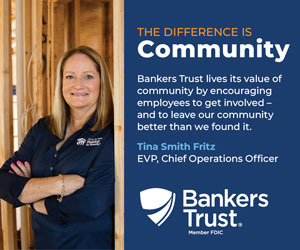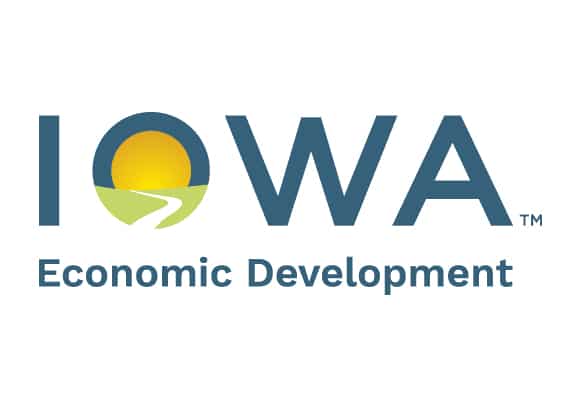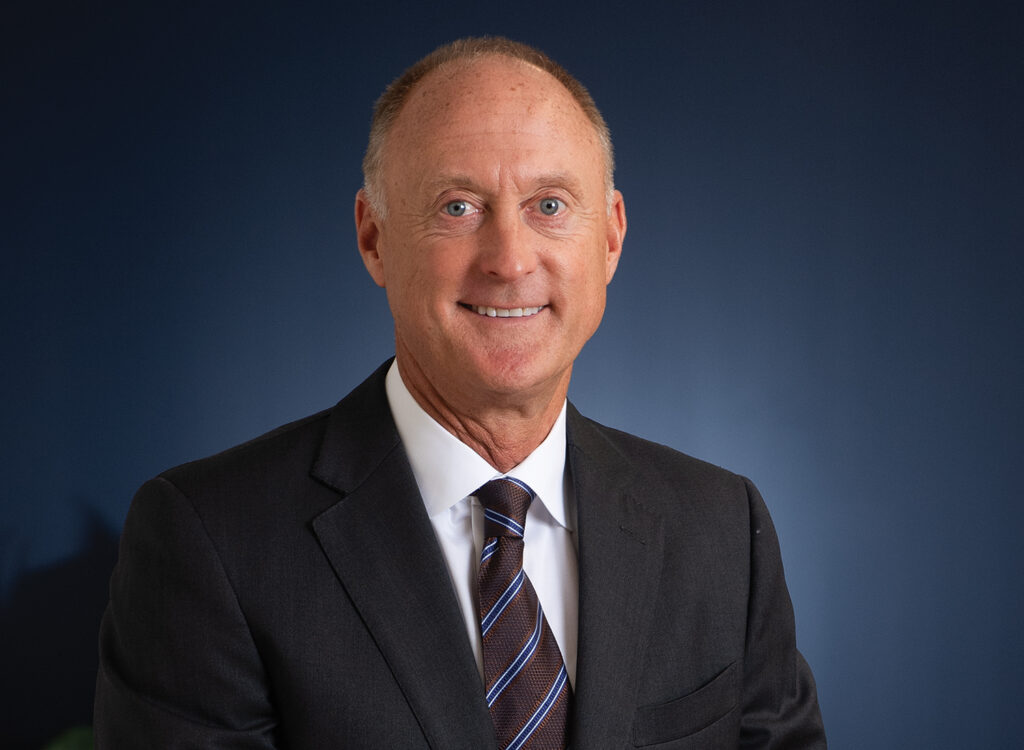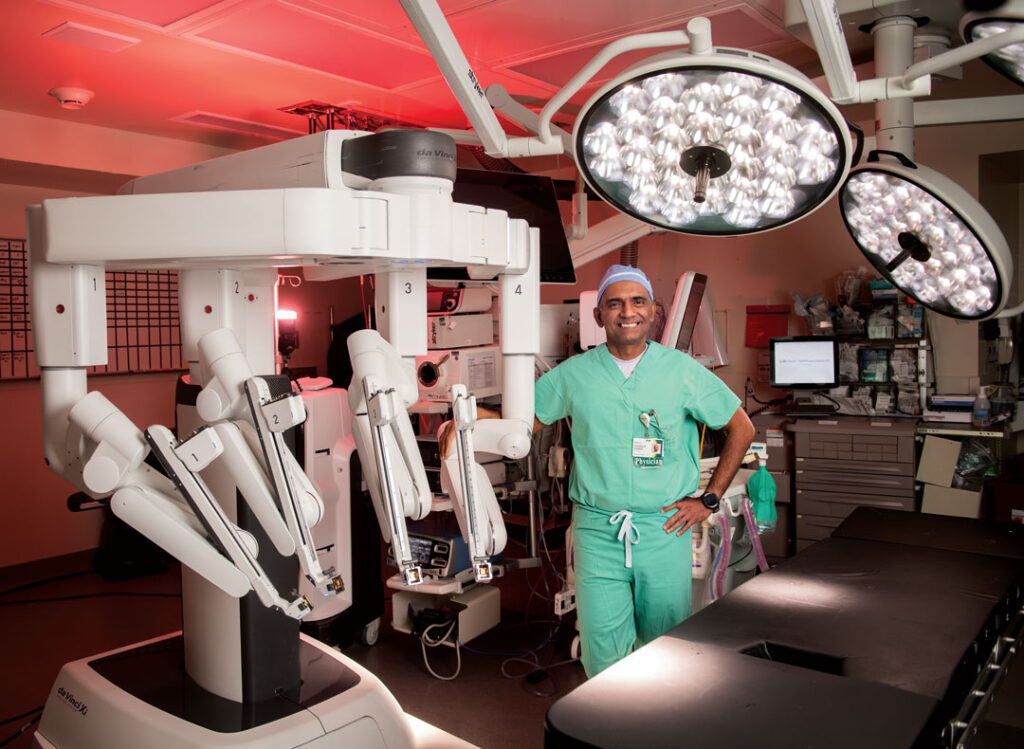Tourism next steps: Leaders discuss building on momentum

PERRY BEEMAN May 2, 2019 | 3:34 pm
6 min read time
1,491 wordsBusiness Record Insider, Economic Development
Building on Greater Des Moines’ $2 billion tourism industry will mean listening to diverse voices, building new attractions and luring people for a first visit that typically will mean they are sold on the metro, panelists said recently.
The Business Record assembled several key players in tourism to explore what comes next for a market that has landed NCAA national tournaments, a six-concert appearance by Garth Brooks, and coveted appearances by Drake and Cardi B, and has in the works a world-class skatepark and a proposed whitewater rapids downtown.
The discussion was particularly timely as Catch Des Moines awaits a consultant’s master plan for area tourism.
“We think the sky is the limit,” said Jessica O’Riley, the state’s tourism marketing director.
Greg Edwards, president and CEO of the Greater Des Moines Convention and Visitors Bureau, or Catch Des Moines, which leads tourism efforts in the area, said one of the metro’s challenges will be overcoming what still is a fuzzy image for some.
“Our studies show that people who do not know much about Des Moines have no impression of us,” Edwards said. “That’s our biggest challenge is to get the word out. And in the future, what are we building so they will come? Things like the [Lauridsen] skatepark. Things like the water trails projects,” a regional plan for improvements along 150 miles of riverfronts.
Tiffany Tauscheck, chief strategy officer for the Greater Des Moines Partnership, which leads regional economic development efforts, said building on recent successes will take action on several fronts. “We do have the Capital Crossroads regional visioning plan, which does help outline what the future could look like, and that’s based off of feedback and input we’ve received from the community at large,” Tauscheck said. “In addition to acting on those plans, we really do need to continue to add additional amenities to the community. We need additional events. We need to make sure we always are looking for new, diverse voices to bring to the table because it is so important that we continue to diversify our amenities.”
Chris Connolly, who runs the Iowa Events Center, said one answer is already in place. “From my perspective as a venue operator, one of the biggest things is the attached [Hilton downtown] convention center hotel. It really raises the bar.”
Connolly said the hotel should open the market to more tradition conventions, and Edwards said it has contributed to booking 28 new “pieces of business.”
Among them: this summer’s Disciples of Christ convention, a 5,000-person gathering that last came to Des Moines in 1985, and the BIO World Congress, both in July. “That’s not a huge convention — it’s 500 or 600 people — but it’s a huge thing for Iowa, because of the focus on our biofuels, our wind energy, and all that great stuff,” Edwards said of the BIO event. “[The hotel] is definitely a catalyst for a lot of new growth for us.’’
And that tourism leads directly to new residents, population growth and more economic development, Tauscheck said.
“Tourism impacts economic development because that’s a key talent development and talent recruitment tool,” said Tauscheck, a former top official at Catch Des Moines. “As we have visitors into the city, those visitors are more likely to have the propensity to move into our community, especially if they have a great experience. So all of these events, all of these conventions, all of these conferences — they truly matter. Our interactions with those visitors also matter. That helps set the tone and create the culture, that vibrancy that those visitors are experiencing as they make a decision whether they want to consider moving to this community, based off those experiences.”
Tauscheck said the latest efforts involve marketing by using geofencing — setting a target area for promotion. That has come in handy during the NCAA basketball tournaments and other major tournaments.
Edwards said the outreach is important both to cater to current residents and to visitors who might move here.
“Adventureland [amusement park] is a good example,” Edwards said. “It is an attraction, it is a thing that local people love to do. It’s an attractor, too, to people who live in rural parts of Iowa, and even around the regional states. As we look to the future, the skatepark is a great example. Not only will it be an attraction for our local younger skateboarders but we have the potential Olympic-style skateboarding events. Skateboarding will be an Olympic sport in 2020.”
Connolly said visitors’ lack of a strong image of Des Moines sets up a situation in which they are wowed by what they see when they get here.
“With people coming in, there’s no bar,” said Connolly, the guy who gets to bring us everything from monster trucks to professional hockey to concerts by Paul McCartney, Katy Perry and Kenny Chesney.
“They don’t expect much,” Connolly said. “We have a ton to offer. We have the attached [Hilton] hotel. We have a great airport that’s easy to get to. [Catch Des Moines] is friendly. The Partnership is friendly. It’s good. But when people are coming to town to book their convention, it’s “What else is there? Is there an I-Cubs game? Is there a Barnstormers game? Is there a concert? We show them what we have to offer. Adventureland, Prairie Meadows, even Jordan Creek [Town Center]. People will leave Des Moines, and they’ll say, ‘Wow, I can’t believe there are so many options.’
“There more things the better. You have the Civic Center, which is unreal. Hoyt Sherman Place. Wells Fargo [Arena] is doing great. They are all different venues but they all are doing live entertainment. It’s great to be a good host, but you have to make the artist money, too. You have to sell tickets. Just about everyone who comes to Des Moines, they marvel at that. We sell very, very well,” Connolly added.
The attractions outside of arena shows — Art Route Des Moines, the sports events, festivals and microbrews — are important, too, Tauscheck said. Even in her days working at the Convention and Visitors Bureau, she was involved in research that showed people wanted to see public art when they came to town.
“But the visitors were having trouble finding the public art other than in the sculpture park. We have fantastic public art throughout our community and the region. So we created the Art Route DSM and West Des Moines has an art pocket. There is a map and an app that directs you to public art” along six miles of downtown sidewalks, and part of West Des Moines. In downtown Des Moines, green dots on the sidewalks mark the routes, and chevrons denote an art location. “That’s something that the hotel staff can share when visitors ask, ‘Hey, what is there to do?’ ”
In response to a question about architecture tours, Tauscheck noted that in addition to the Art Route app, there is a skywalk map app.
“Maybe we need a downtown app,” which could address architecture, Tauscheck added.
O’Riley said community festivals, even in small towns, have gone a long way toward attracting visitors, and even new residents. “They are huge. I have noticed in the winter, communities are saying, ‘We don’t care that it’s cold. We’re going to have ice fest, or the University of Okoboji Winter Games.’ We often say we have four seasons of travel. They are really embracing that winter season. It might have been a shoulder season, but they’ve turned it into an event that will draw a lot of people.”
Tauscheck noted that urban researcher James Chung, in a visit to Des Moines, noted that many people between 25 and 34 years old are looking to settle down — making that an important group to attract. “We always can do more,” Tauscheck said.
Some of “doing more” is pursuing a regional water trails plan, a $100 million-plus plan to make recreational improvements along rivers in Central Iowa, including the planned downtown Des Moines whitewater run.
Tauscheck said talks continue on how to pay for the work.
“On the water trails, there is a lot of momentum and discussion,” Tauscheck said. “People see it as a huge opportunity for our region. The downtown part is exciting, but we’re talking about a regional plan for 150 miles of waterways in Central Iowa. This is a state opportunity and a tremendous way to leverage our natural resources.
“In the conversations I’ve been part of there is so much support and enthusiasm, it’s just a matter of, it’s going to take time,” Tauscheck said. “We also have to be a little patient.”
O’Riley said the whitewater courses at Charles City, Manchester and Elkader have been successful tourism draws, and Waterloo has a project in the works. “Sure, we don’t have mountains and oceans, but we can build tourism amenities like that,” she added.
Call them the next steps.










